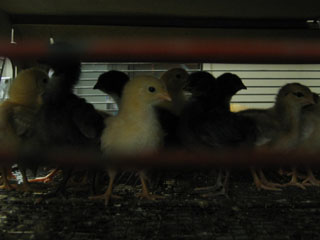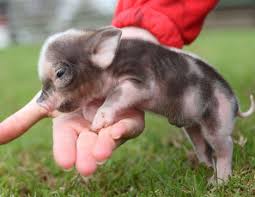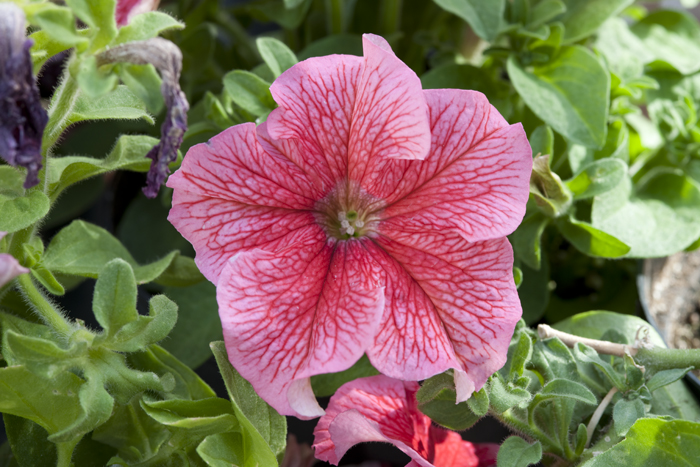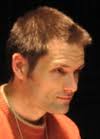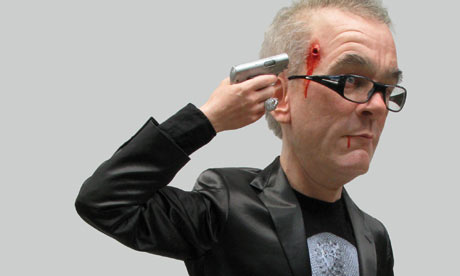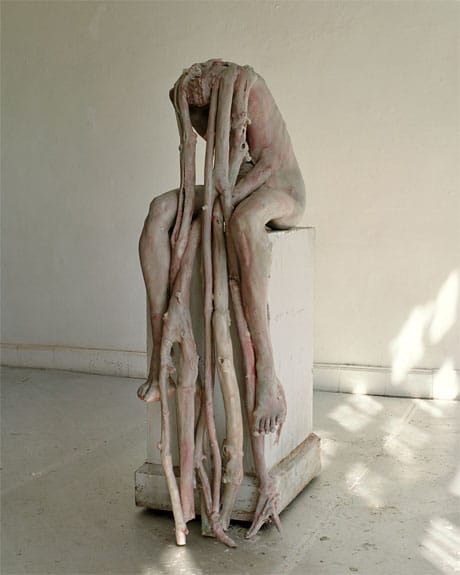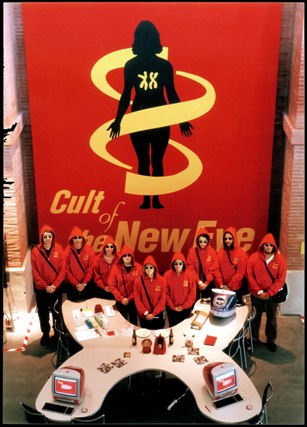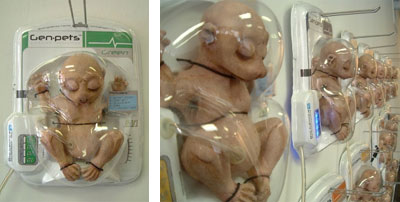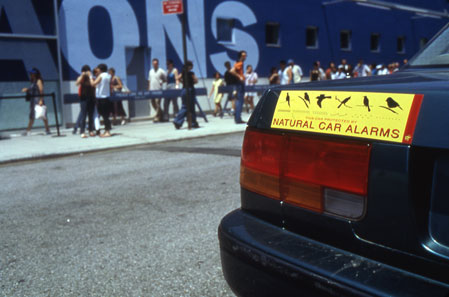

'Eugene Thacker is a writer and theorist whose works examine the philosophical aspects of science and technology. His most recent book is entitled 'After Life' and will be published by the University of Chicago Press. He is also the author of the books 'The Exploit: A Theory of Networks' (co-authored with Alexander Galloway), 'The Global Genome: Biotechnology, Politics, and Culture,' and 'Biomedia.' Thacker is Associate Professor in the School of Literature, Communication & Culture at the Georgia Institute of Technology.' [
atc.berkeley.edu]
Some links/books related to art and genetics:
Data Made Flesh: Biotechnology & the Discourse of the Posthuman, Eugene Thacker. From
Cultural Critique 53 (2003).
"Body Invasion & Resistant Cultural Practice", Critical Art Ensemble. From
Art Journal 59:3.
Critical Art Ensemble <
www.critical-art.net>
FutureNatural, ed. George Robertson, Melinda Mash, Lisa Tickner, Jon Bird, Barry Curtis, and Tim Putnam (1996).
Gene(sis) art show <
www.bampfa.berkeley.edu/exhibition/genesis>
Signs of Life: Bio Art and Beyond by Eduardo Kac. Leonardo Books
Eduardo Kac <
www.ekac.org>
Tactical Biopolitics: Art, Activism, and Technoscience by Beatriz da Costa (Editor), Kavita Philip (Editor). Leonardo Books
The Prosthetic Impulse: From a Posthuman Present to a Biocultural FutureTelepresence and Bio Art: Networking Humans, Rabbits and Robots by Eduardo Kac
Life Extreme: An Illustrated Guide to the New Life by Eduardo Kac & Avital Ronell
The Molecular Gaze: Art in the Genetic Age by Suzanne Anker, Dorothy Nelkin
Art in the Age of Technoscience: Genetic Engineering, Robotics, and Artificial Life in Contemporary Art by Ingeborg Reichle, Gloria Custance, and Robert Zwijnenberg
Art Journal, Spring 1996, Vol. 55, No. 1: "Contemporary Art and the Genetic Code" by College Art Association (Jan 1, 1996)
"Manipulating genetic identities: the creation of chimeras, cyborgs and (cyber-)golems." from
Parachute: Contemporary Art Magazine by Ernestine Daubner (Digital - Jul 29, 2005) - HTML
Paradise Now: Picturing The Genetic Revolution by Marvin Heiferman, Carole Kismaric, and Ian Berry (2001)
Links to class readings:
Dale Carrico's
Technoscience critical theory class.
Alenda Chang's
Representing Nature: Ecocritical Approaches rhetoric class at Berkeley (reader available at Replica Copy). In case you're suffering from theory withdrawal, you can sit in lecture classes at Berkeley.









